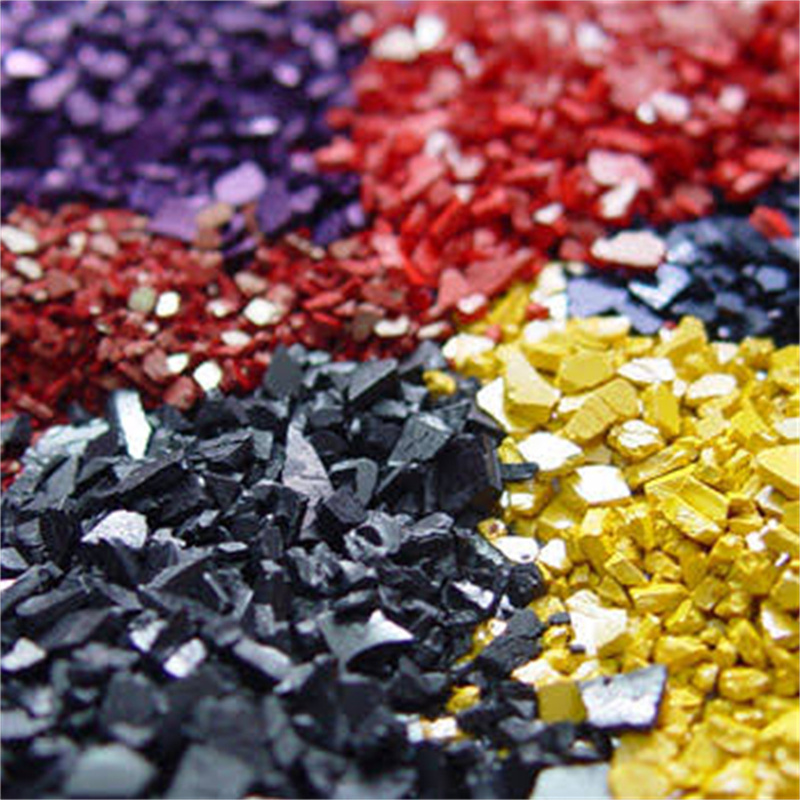-
Categories
-
Pharmaceutical Intermediates
-
Active Pharmaceutical Ingredients
-
Food Additives
- Industrial Coatings
- Agrochemicals
- Dyes and Pigments
- Surfactant
- Flavors and Fragrances
- Chemical Reagents
- Catalyst and Auxiliary
- Natural Products
- Inorganic Chemistry
-
Organic Chemistry
-
Biochemical Engineering
- Analytical Chemistry
-
Cosmetic Ingredient
- Water Treatment Chemical
-
Pharmaceutical Intermediates
Promotion
ECHEMI Mall
Wholesale
Weekly Price
Exhibition
News
-
Trade Service
Pigment Yellow is a widely used colorant in the chemical industry, and Pigment Yellow 3 is one of its most popular variants.
It is commonly used in the production of plastics, textiles, inks, and paints, among other products.
In the chemical industry, Pigment Yellow 3 is considered an upstream product, which means it is a raw material used in the production of downstream products.
Upstream products, also known as basic products or input products, are raw materials or intermediate products that are used to produce other products in the supply chain.
In the case of Pigment Yellow 3, it is an intermediate product that is used to produce a wide range of downstream products.
The downstream products that Pigment Yellow 3 is used in the production of can be found in a wide range of industries, including the plastics, textiles, inks, and paints industries.
Plastics are one of the most common downstream products that Pigment Yellow 3 is used in the production of.
It is added to plastic as a colorant, which can enhance the appearance of the final product.
Pigment Yellow 3 is also used in the production of polyester, a synthetic fabric that is commonly used in clothing and upholstery.
It is added to the polyester as a colorant, which can give the fabric a bright and vibrant appearance.
In the inks and paints industries, Pigment Yellow 3 is used as a colorant to give the final product a bright and vibrant color.
It is commonly used in water-based inks, which are used in digital printing and other applications.
It is also used in oil-based paints, which are used for a wide range of applications, including painting walls and furniture.
The production process for Pigment Yellow 3 involves a series of steps, which can include the following: extraction, purification, and synthesis.
The extraction process involves the isolation of Pigment Yellow 3 from natural sources, such as plants and minerals.
Purification involves the removal of impurities and other unwanted substances from the extracted Pigment Yellow 3.
Synthesis involves the production of Pigment Yellow 3 through chemical reactions in a laboratory setting.
The production process for Pigment Yellow 3 is carefully monitored to ensure that the final product meets all relevant quality standards.
This is important in order to ensure that the final product is safe for use in a wide range of applications.
The production process is also designed to be efficient and cost-effective, which can help to keep the cost of the final product low.
In conclusion, Pigment Yellow 3 is a widely used colorant in the chemical industry, and it is commonly used in the production of a wide range of downstream products.
It is an upstream product, which means it is a raw material used in the production of other products in the supply chain.
The production process for Pigment Yellow 3 involves a series of steps, which can include extraction, purification, and synthesis.
The final product is carefully monitored to ensure that it meets all relevant quality standards, and the production process is designed to be efficient and cost-effective.







